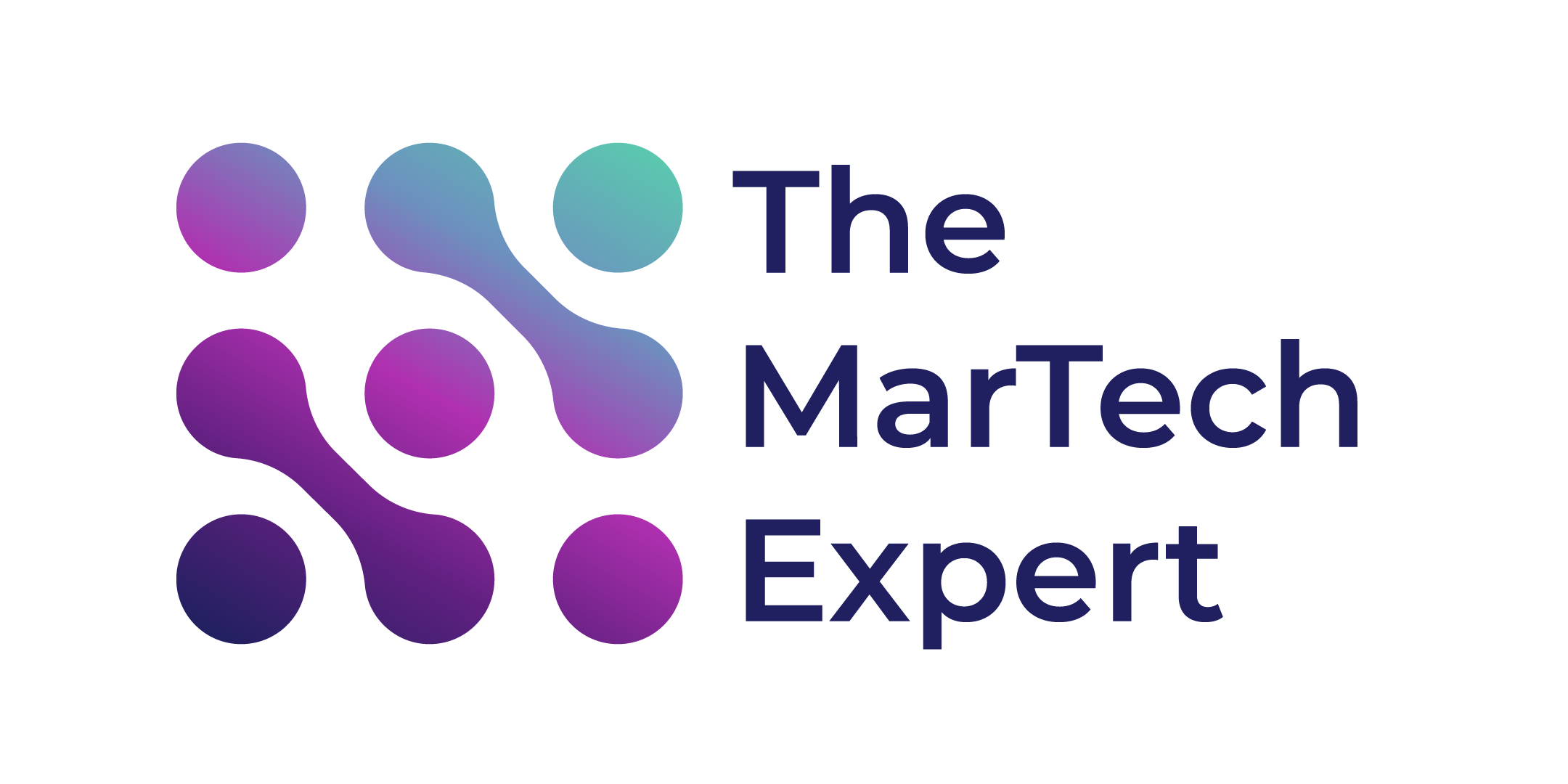As the AdTech industry continues to grow and evolve, it can be difficult for professionals to keep up with the latest trends and terminology. Whether you’re new to the industry or have been working in AdTech for a while, it’s important to have a solid understanding of these key terms. Here are 18 terms everyone in the AdTech industry should know:
- Ad Tech: Ad tech, or advertising technology, refers to the software and tools used to manage and optimize digital advertising campaigns. This includes ad servers, ad exchanges, demand-side platforms (DSPs), and supply-side platforms (SSPs).
- Demand-Side Platform (DSP): A demand-side platform (DSP) is a software platform that allows advertisers to buy ad inventory from various ad exchanges and supply-side platforms (SSPs). DSPs allow advertisers to bid on ad impressions in real-time and target specific audiences.
- Supply-Side Platform (SSP): A supply-side platform (SSP) is a software platform that allows publishers to sell ad inventory to advertisers. SSPs allow publishers to manage and optimize the sale of their ad inventory and connect with ad buyers through ad exchanges.
- Ad exchange: An ad exchange is a platform that connects advertisers and publishers to facilitate the buying and selling of online ad inventory. Ad exchanges use real-time bidding (RTB) to determine the price of ad inventory in real-time.
- Real-Time Bidding (RTB): Real-time bidding (RTB) is a process by which ad impressions are bought and sold in real-time through an ad exchange. RTB allows advertisers to bid on ad impressions as they become available and allows publishers to sell their ad inventory in real-time.
- Programmatic Advertising: Programmatic advertising refers to the use of software to automate the buying and selling of digital advertising. Programmatic advertising allows advertisers to target specific audiences and optimize their campaigns in real-time.
- Ad server: An ad server is a software platform that stores, serves, and tracks online ads. Ad servers help advertisers and publishers manage their ad campaigns and optimize the delivery of ads to target audiences.
- Ad tag: An ad tag is a piece of code that is placed on a website or app to serve and track ads. Ad tags are used by ad servers to determine which ad should be displayed and to track the performance of the ad.
- Ad impression: An ad impression is a count of the number of times an ad is displayed on a website or app. Ad impressions are typically measured in thousands (CPM) or hundreds of thousands (HCPM).
- Ad network: An ad network is a platform that connects advertisers with websites and apps to display their ads. Ad networks help advertisers reach a large audience by aggregating ad inventory from multiple publishers.
- Ad targeting: Ad targeting is the process of delivering ads to specific audiences based on their demographics, interests, or location. Advertisers use targeting to increase the relevance and effectiveness of their ads.
- Ad fraud: Ad fraud is the practice of using illegal or deceptive methods to generate ad impressions or clicks. Ad fraud can take many forms, including bot traffic, click injection, and domain spoofing.
- Affiliate marketing: Affiliate marketing is a type of performance-based marketing in which affiliates promote a product or service and earn a commission for each sale or lead generated. Affiliate marketing is often used by advertisers to drive traffic and sales to their websites.
- Attribution: Attribution is the process of attributing credit to the marketing channels that contribute to a conversion. Attribution helps advertisers understand which channels are driving the most value and allocate their budget accordingly.
- Conversion rate: The conversion rate is the percentage of visitors to a website or app who complete a desired action, such as making a purchase or filling out a form. Advertisers use conversion rate to measure the effectiveness of their ads and optimize their campaigns.
- Cost per action (CPA): Cost per action is a pricing model in which advertisers pay for each specific action, such as a sale or lead, that is generated from their ads. CPA is often used as a performance-based pricing model in affiliate marketing.
- Cost per click (CPC): Cost per click is a pricing model in which advertisers pay for each click on their ads. CPC is a common pricing model for search and display ads.
- Cost per impression (CPM): Cost per impression is a pricing model in which advertisers pay for each 1,000 ad impressions. CPM is a common pricing model for display ads.
Samaher is a MarTech professional with a strong background in marketing data analytics, marketing automation, email marketing, and paid ads. She has successfully helped companies such as Advyteam, Acredius, and Keyrus achieve their marketing goals through her analytical approach and strategic thinking.














